
views
Consignment Store Planning

Have a passion for the product. Consignment stores require more research, bookkeeping and quality control than many retail stores. You should enjoy studying the product that you choose to consign.
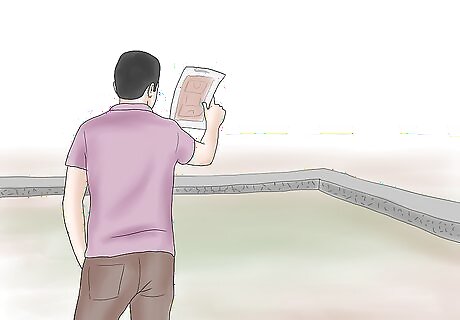
Choose your location. Picking a place that has a large amount of foot traffic, parking and the right demographic that you want to sell to, will have a huge hand in making your store a success. Scout out possible locations.
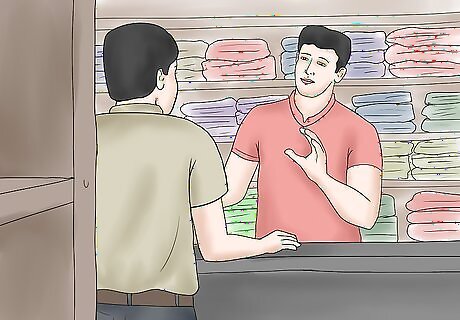
Research the market where you would like to start a store. Visit other thrift, pawn, retail and consignment shops in the area to figure out your market. Take notes of prices, marketing and types of customers that visit these stores. For example, deduce if a store location will attract young professionals, college students, high school students, families, retirees or another demographic. This will set how you decorate and stock your consignment store.

Write a business plan. Write a document that includes your consignment rate, management plan, financial plan and marketing plan for at least the next 5 years. You will need this document in order to get funding and follow a successful model. Ask a friend or family member who is a successful businessperson to look at your business plan. They can tell you what areas need more planning and whether the current business structure is likely to follow a successful path.

Calculate your start up costs. You will need a store and/or lease, cash box or cash register, racks, display cases, display tables, decorations, bookkeeping supplies, price tags, marketing materials, merchandise and money for electricity, phone and possibly a website. As with any business, it is an excellent idea to have 6 months of living and business expenses saved up before starting. Since there are many unforeseen problems that can occur with starting any business, you should ensure that you are financially secure before beginning this endeavor.
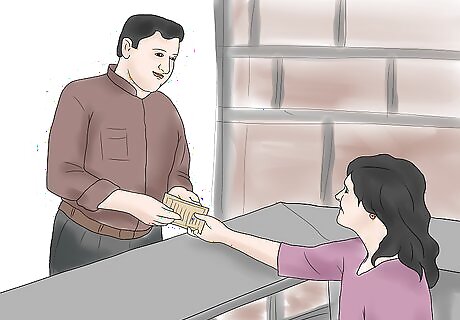
Seek financial support. If you do not have enough money to cover the start up costs, then you should take your business plan to a bank or investor to get a loan. If you only need a few hundred or a few thousand dollars, you may find a friend or family member that is interested in investing; otherwise you may need to visit a number of banks and credit unions in order to get the best rate.

Register your business with state and local governments. Read the Uniform Commercial Code (UCC), if you are conducting business in the United States. You must follow this set of business laws, including filing a UCC-1 form, posting a consignment sign and having the ability to prove to creditors that your items are being consigned.

Find initial merchandise. You will need goods to start with before people bring in their consignments, so go through your own goods, ask friends and family members to consign or buy goods on Craigslist.
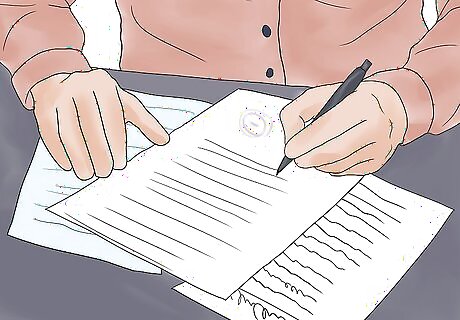
Set your consignment agreement. Many consignment stores have a set rate of approximately 30 to 60 percent that you will garnish from an item's sale. In some cases, the lower that you set your rate, the more likely you are to attract more consignments. Create an agreement that stipulates the amount of time for the consignment, the method of payment, the procedure for theft, sale markdowns and any other important information. Have the individual seller sign the agreement and take a copy in order to protect yourself. Consider buying some items outright. If your business runs on a high quantity of consignments, like a second-hand clothing store, then you might reduce the amount of work you do by buying the product and then marking it up. This is not a traditional consignment store, but it is a model often used by people who sell antique or second-hand goods.
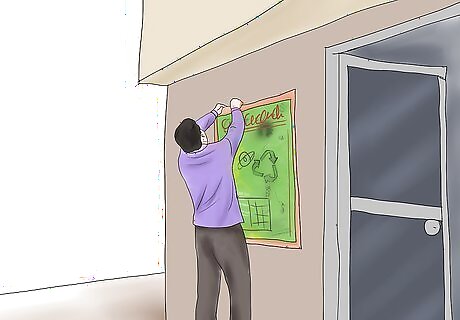
Advertise for consignments and customers. You can post low-cost "consignments wanted" notices in papers, classifieds, online and on community boards, because individual sellers are often on the lookout for places to sell. Marketing to customers will require branding your business and creating brand recognition in the community. Consider using some of the following methods to market your store to customers: grand opening, newspaper advertisements, radio ads, television ads, website, social media campaigns, coupons, college press and a sidewalk sale.
Consignment Store Best Practices

Practice artful presentation. The way you set up your store will determine the value your customers believe is available. Full racks and overstocking may reduce the amount of sales that you have, so decorate and display in a way that highlights your products.
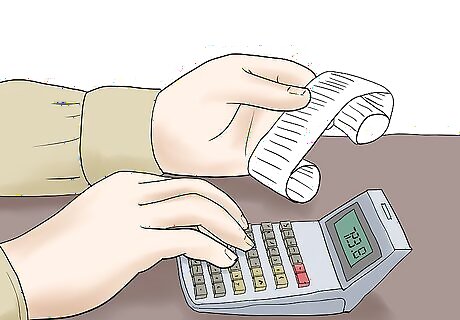
Setup a detailed bookkeeping system. You will need to keep track of items, prices, consignment agreements, dates, returns, expenses and profits. It is a good idea to invest in a bookkeeping computer and software that will keep track of these important figures and your sales. Train anyone who is involved with the business's day to day affairs on the bookkeeping procedures. Since you are buying, selling and consigning at once, figures can easily become lost or confusing. Your success depends upon keeping track of all aspects of the financial details, so that you will know if you are running at a profit or a loss. Reconcile your bookkeeping on a weekly, monthly, quarterly and yearly basis. Doing regular reviews will help you to deal with the large amount of information you are taking in in order to run your business.

Adjust your consignments according to what is selling. If you are passionate about researching the product and a good bookkeeper, you can adjust your business practices to bring in the most money. Focus on the product that sell the best and advertise for specific consignments in order to increase your merchandise base.
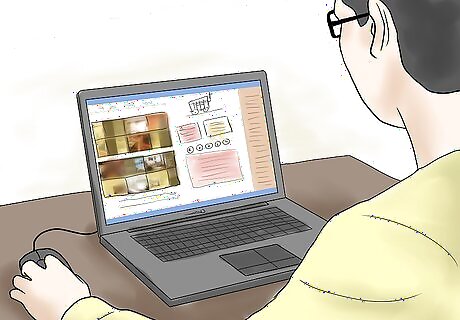
Consider selling on the Internet or eBay as well as in the store. If you are selling collectible items, then using an online auction house will help you to move more products more quickly. Be up front with all sellers about these practices, in order to ensure they are aware.

Train your employees to recognize good products. Employees in a consignment store are often asked to take on consignments, so make sure they are well versed in what you are looking for and how to keep track of new items.

Plan for seasonality and slow times. Understand that your product may dictate when you sell the most, and reduce your quantity of consignments if they are unlikely to sell. For example, sports equipment may be more likely to sell in the summer and the types of clothing you consign will depend upon the season.




















Comments
0 comment